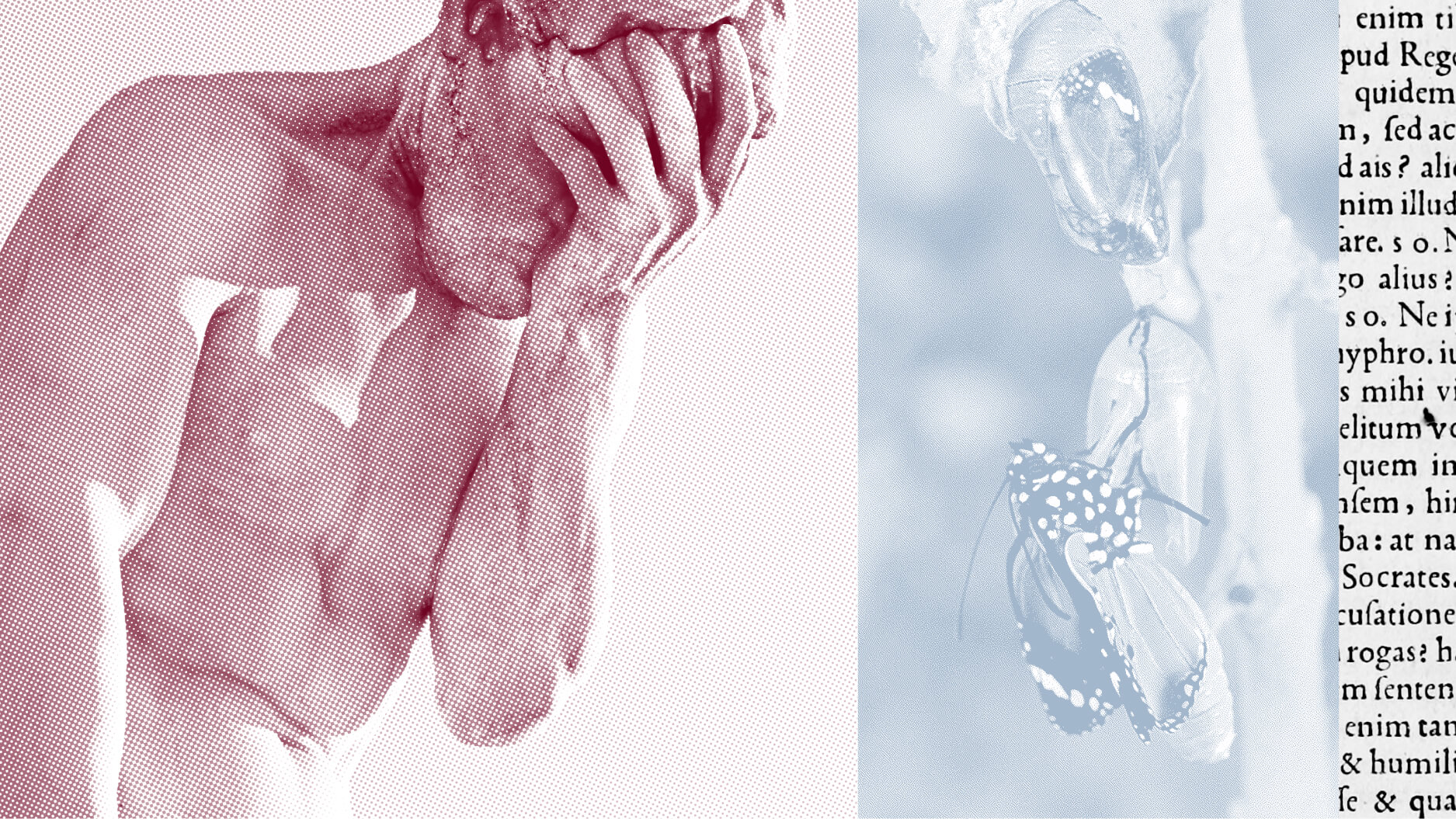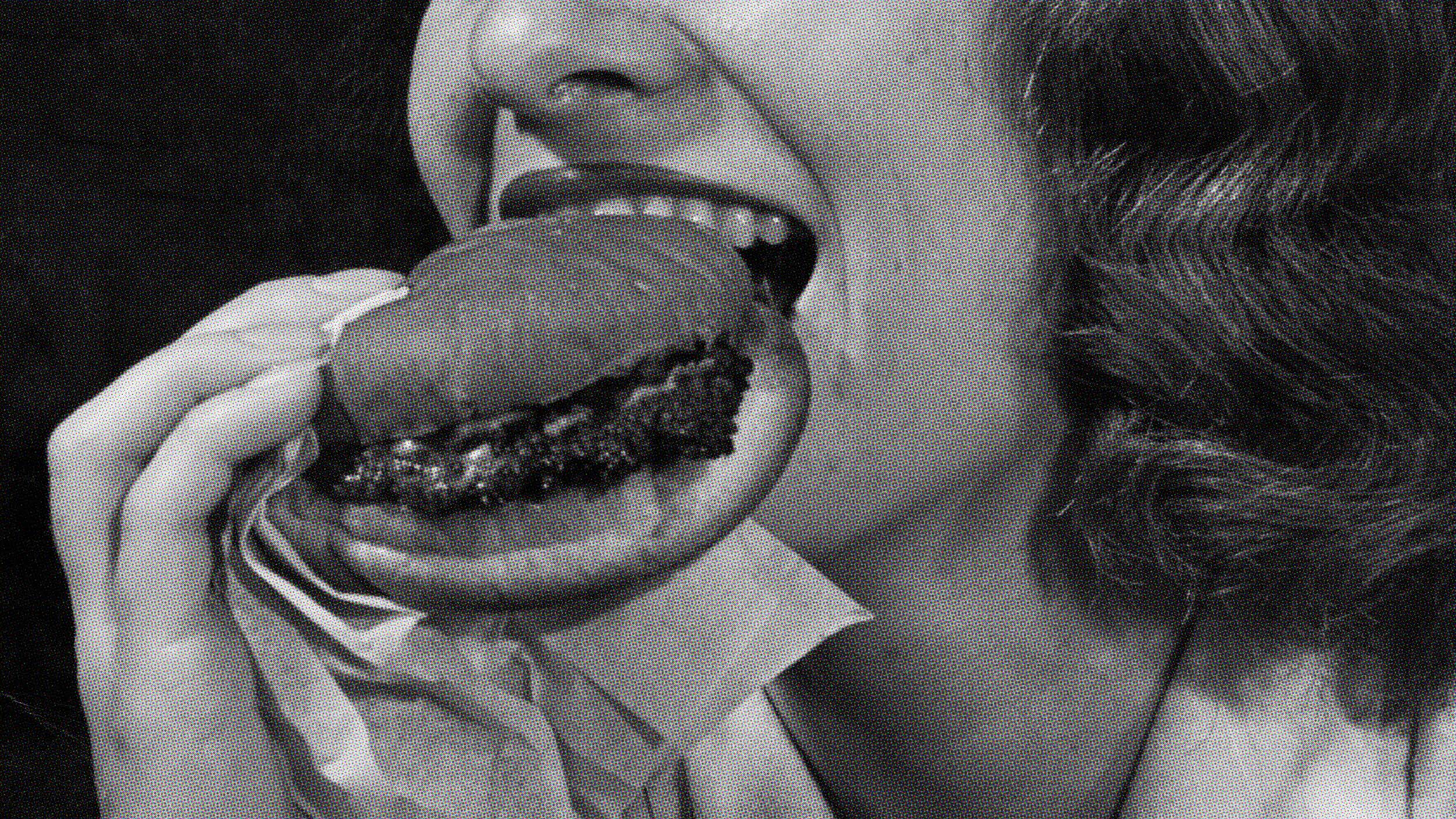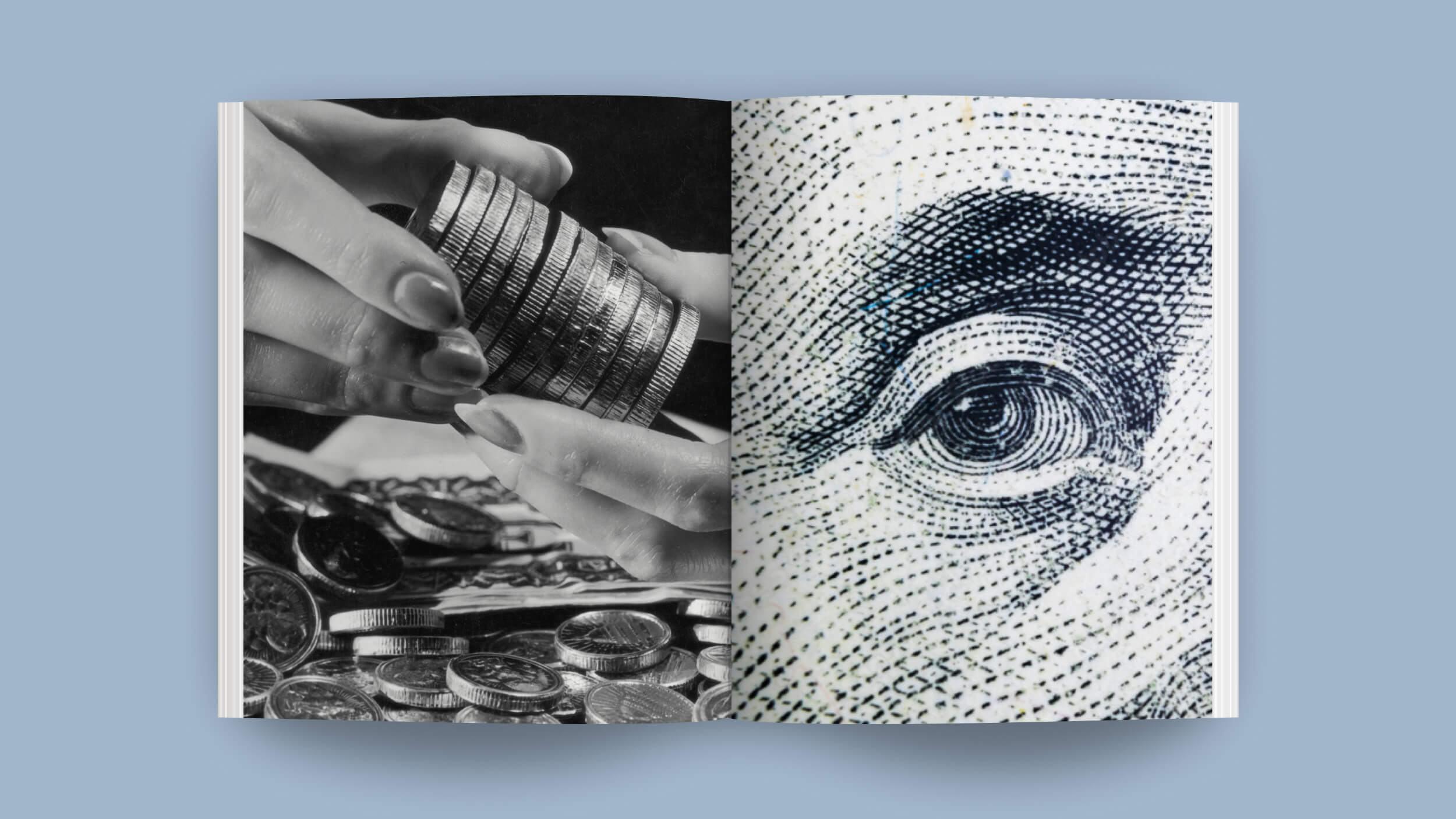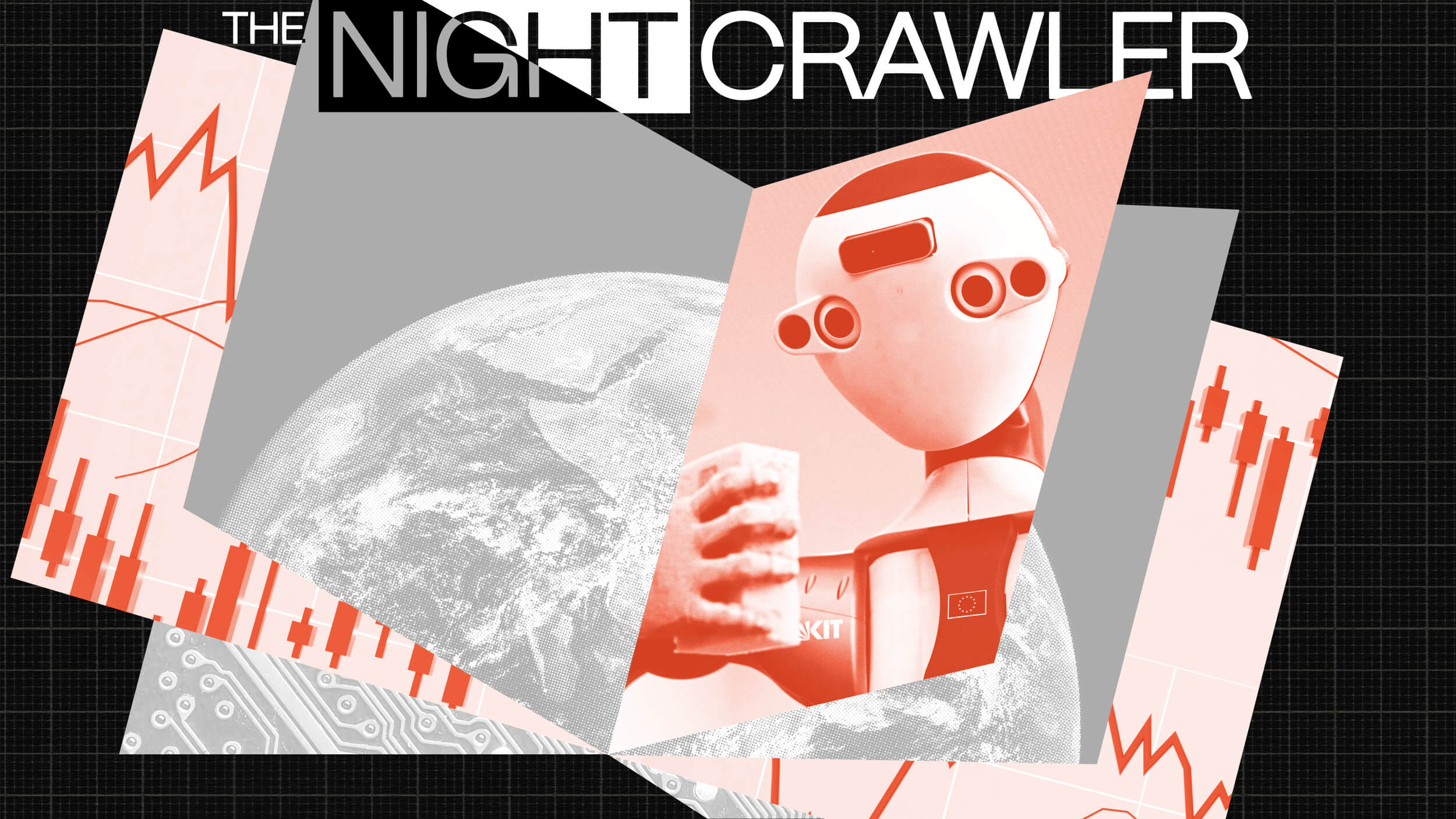Price loved working with Martin Scorsese.
Question: What was your most memorable collaboration?
Richard Price: I always love working with Scorsese because he had the confidence to know -- unlike a lot of directors -- exactly what he wanted. He said “Okay, you’re the writer. Give me this,” and he didn’t fret over it. He just went off and set up his shots. He sort of trusted me to deliver the goods. A lot of guys are like so anxious that they never know what they want and you get caught in the middle. You get into power plays between actors and directors. You feel like a secretary with a dog collar on. With Scorsese, it was like he just knew exactly what he wanted and it was a breeze. It’s never easy but it was relatively a breeze. Other people I worked with that I really liked is David Simon and the crew around The Wire. The only reason to do that show other than-- you sure don’t do it for the money. You open up the envelope and moths fly out. You do it because it’s The Wire and it seemed like a group of peers, although it wasn’t because Simon was the creator. The writer/producer/creator is always the guy that re-writes everything and is in control. But given that, there was none of the games. It was me and Pelecanos and Lehane and Ed Burns and David Simon and I felt like when we were all together, there was a sobriety of purpose and a mutual sympathy and respect for each other’s work that I rarely find in group situations like movie making. It was just a great show although frankly, it was so hard, I didn’t understand my own scripts most of the time. I did what I was told and then some. I was just really proud to be part of that.
Recorded On: 3/3/08





